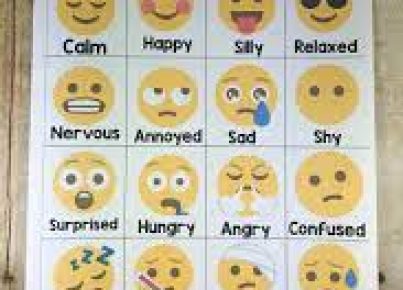In the fast-paced world of modern education, efficiency and organization are paramount for teachers. Traditional methods of planning using paper-based planners can be limiting, cumbersome, and often not eco-friendly. This is where digital teacher planners come in, offering a flexible and interactive alternative that caters to the dynamic needs of educators today.
Why Teachers are Planning Digitally
Accessibility: Digital planners can be accessed from any device with an internet connection. Teachers do not have to carry bulky planners; with cloud-based services, their plans are just a few clicks away, anytime and anywhere.
Customization: Unlike paper planners with fixed layouts, digital planners allow educators to customize the look and feel according to their preferences. Features like drag-and-drop, resizing text boxes, and color-coding enhance the planning experience significantly.
Efficiency: With templates for lesson plans, grading systems, and calendars integrated into digital planners, teachers can save time by avoiding repetitive tasks. Automation features can quickly populate fields like dates and subjects across the planner.
Collaboration: Digital planners make it easy for teachers to share their schedules with colleagues, students, or parents. This facilitates better communication and cohesiveness in educational planning.
Environmental Impact: The shift to digital reduces the need for paper, contributing to environmental sustainability efforts within schools.
How Teachers are Planning Digitally
Teachers exploring digital planning have a variety of tools at their disposal:
1. Specialized Apps: Apps designed specifically for teachers include features tailored to classroom management such as attendance tracking, assignment logging, and curriculum mapping.
2. General Productivity Tools: Tools like Google Calendar or Microsoft Outlook offer robust scheduling features that can be used effectively for lesson planning.
3. Note-taking Software: Applications such as Evernote or OneNote provide platforms where teachers can organize their lessons creatively and comprehensively.
4. Learning Management Systems (LMS): Platforms like Canvas or Blackboard go beyond simple planning; they integrate administrative tasks with lesson planning and direct student interaction.
5. Project Management Software: Software such as Trello or Asana can also be adapted for educational planning, offering visual boards to track progress and milestones.
In conclusion, the movement towards digital teacher planners is driven by a desire for greater effectiveness in preparation and delivery of education. Digital tools offer flexibility, efficiency, accessibility, customization options that traditional methods cannot match. As technology continues to evolve, it is likely we will see even more innovative solutions emerging to meet the ever-changing demands of educators worldwide.





